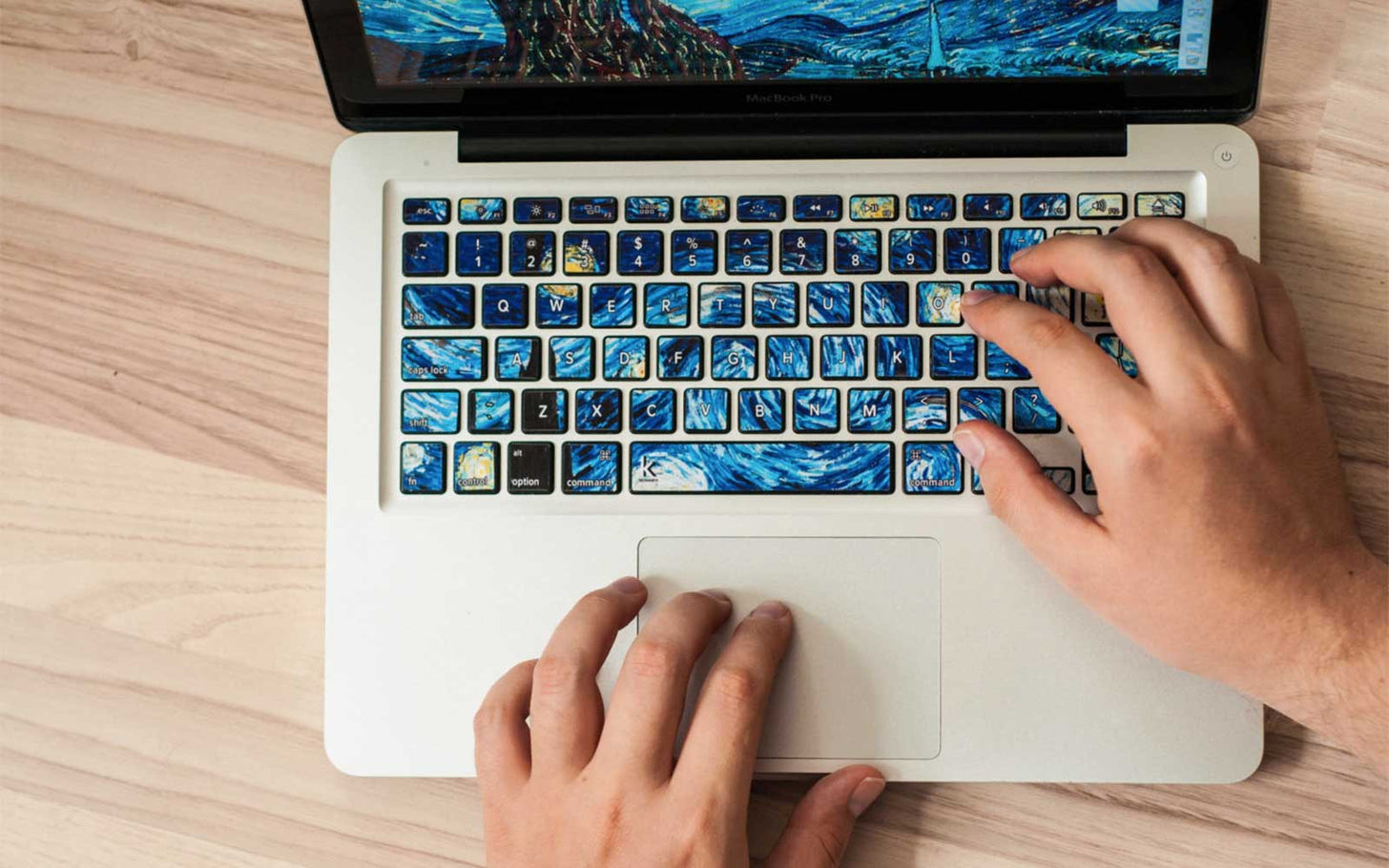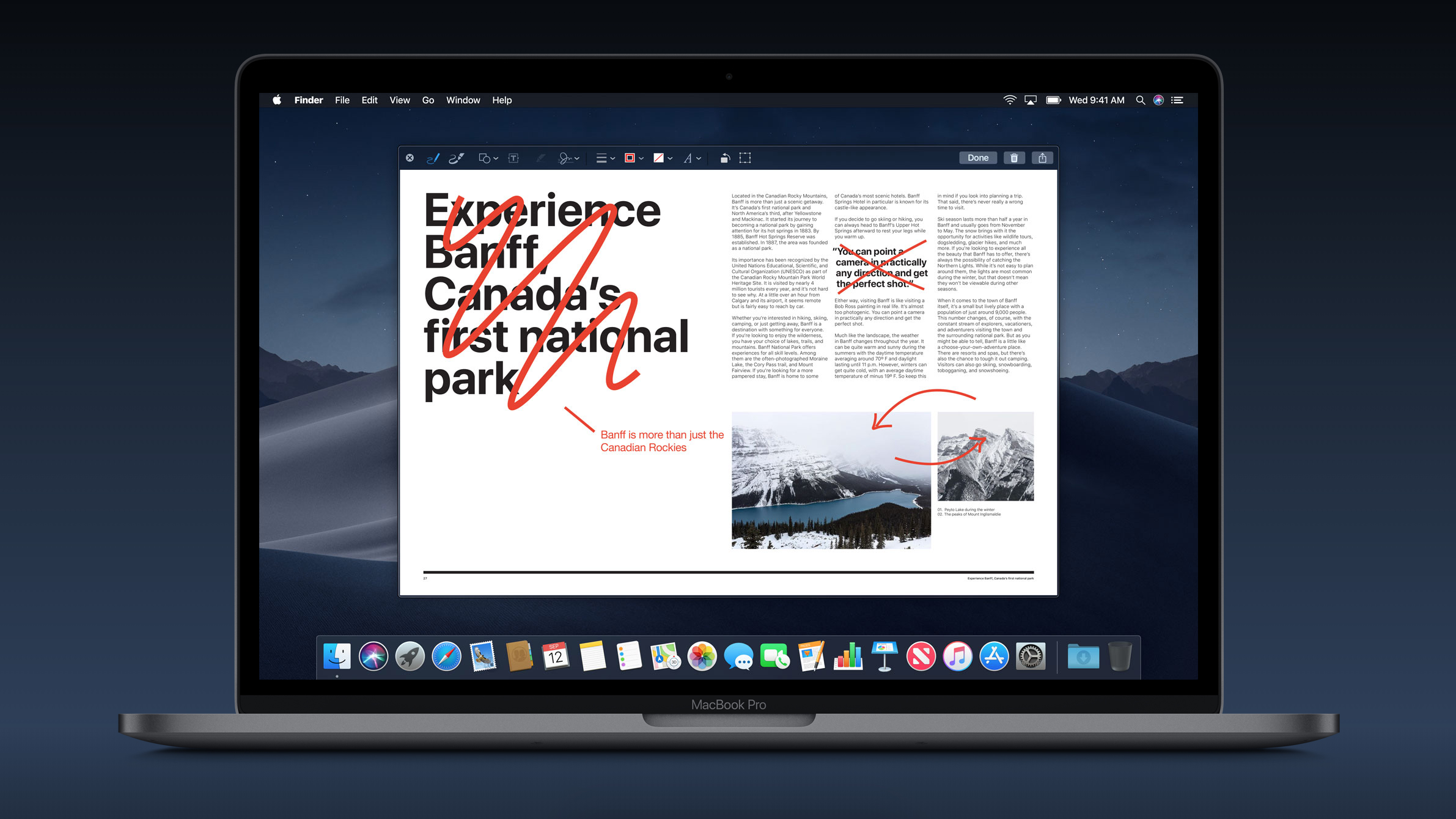Godsent: Part I Mac OS

- Godsend Part I Mac Os 11
- Godsend Part I Mac Os Download
- Godsend Part I Mac Os Catalina
- Godsend Part I Mac Os X
It was originally released in 1999 as a Mac OS 8 application bundled with the first FireWire-enabled consumer Mac model – the iMac DV. MacOS Big Sur elevates the most advanced desktop operating system in the world to a new level of power and beauty. Experience Mac to the fullest with a refined new design. Enjoy the biggest Safari update ever. Discover new features for Maps and Messages.
Many users will see references to an application called MacKeeper on various web sites and via pop-ups on their browser. Not only is it expensive for what it purports to do (freeware applications that do the same or more are readily available), it can sometimes install itself without the user realising it, and it can be very tricky to get rid of.
Mac’s version is a bit more systemwide, with some older Windows dialogs still not darkened. The Windows 10 May 2019 Update adds a Custom option, which lets you decide whether you want dark. Many users will see references to an application called MacKeeper on various web sites and via pop-ups on their browser. Not only is it expensive for what it purports to do (freeware applications that do the same or more are readily available), it can sometimes install itself without the user realising it, and it can be very tricky to get rid of. The most popular streaming platform for Twitch, YouTube and Facebook. Cloud-based and used by 70% of Twitch. Grow with Streamlabs Open Broadcast Software (OBS), alerts, 1000+ overlays, analytics, chatbot, tipping, merch and more.
MacKeeper has been described by various sources as highly invasive malware*that can de-stablize your operating system, adding that it is unethically marketed, with a history of making false advertising claims, by a company called Zeobit, and a rip-off.
(Please note that references to the original developers, Zeobit, also now refer to Kromtech Alliance Corp, who acquired MacKeeper and PCKeeper from ZeoBit LLC in early 2013.)
Most positive reviews of it have been found to have been paid for by Zeobit (developers of MacKeeper) in the form of ‘free upgrades’ etc. One such opinion is:
For more about ‘astruturfing’ (writing phoney product reviews for money) see here:
and http://www.bbc.co.uk/news/technology-24299742
Further opinion on it and how to uninstall MacKeeper malware can be read here:
MacKeeper have recently said that the uninstaller from here:
now works.
There are many forms of ‘Malware’ that can affect a computer system, of which ‘a virus’ is but one type, ‘trojans’ another. Using the strict definition of a computer virus, no viruses that can attack OS X have so far been detected 'in the wild', i.e. in anything other than laboratory conditions. The same is not true of other forms of malware, such as Trojans. Whilst it is a fairly safe bet that your Mac will NOT be infected by a virus, it may have other security-related problem, but more likely a technical problem unrelated to any malware threat.
You may find this User Tip on Viruses, Trojan Detection and Removal, as well as general Internet Security and Privacy, useful: The User Tip seeks to offer guidance on the main security threats and how to avoid them.
More useful information can also be found here:
www.thesafemac.com/mmg
* The expression ‘malware’ is a general term used by computer professionals to mean a variety of forms of hostile, intrusive, or annoying software.

Navigation
- Part 1 – Prerequisites and creating the virtual machine
If, like me, you’re a Unity or Xamarin hobbyist who develops primarily on a Windows PC but owns an iPhone and/or an iPad, you’ve probably run into the hurdle of requiring an actual Apple-brand Mac computer just to compile and deploy your apps to your mobile device.
This guide will explain how to get around that restriction by using a Windows 10* computer (the « host ») to run Mac OS X and Xcode on a virtual machine (the « guest ») which will allow us to deploy apps to an iOS device without requiring an actual Mac.
Note that the following is against Apple’s Terms of Service so use at your own risk.
* Although I have not tested it myself this should also work on a Linux host
- A host computer powerful enough to run a virtual machine (VM)
- At least 8GB RAM (a minimum of 4GB is required for the guest)
- 50GB of drive space to allocate for the guest
- An Intel CPU supporting Intel Virtualization Technology (VT-x). Make sure that this feature is enabled in the BIOS
- VMWare Workstation 15 Player (free for non-commercial use), the virtualization software that will run the VM. Due to Apple’s ToS prohibiting running Mac OS on non-Apple hardware the option to run Mac OS guest is locked out, which is where the next item comes in:
- DrDonk’s Unlocker v3.0, a utility that restores VMWare Workstation Player’s Mac OS guest functionality on non-Apple hardware
- A bootable ISO file of Mac OS 10.13.6 High Sierra to install on the VM. You should be able to find this without too much trouble if you look around
- An iOS device, iPad or iPhone, to deploy your apps to
- A (free) Apple Developer account: just an Apple ID that you activate on the Apple Developer website. The free version will allow you to test your app on your iPhone/iPad.
Limitations of the free Apple Developer account
As of this writing the following limitations apply to an Apple ID that isn’t enrolled in the paid developer program:
- You cannot publish apps to the app store
- You can only have 3 apps on a device at a time
- You can only create 10 bundle identifiers per week
- Apps will stop working on your device after 7 days unless you build/deploy them again
Godsend Part I Mac Os 11
- Install VMWare Workstation 15 Player. Don’t start it up before the next step.
- Remove the Mac OS hardware restriction with DrDonk’s Unlocker v3.0.
Download it as a zip file from github, extract it to a folder on your host and then run the script win-install.cmd with admin rights (right-click and Run as administrator). The WMWare Player has to be closed for this to work.
- Start VMWare Workstation 15 Player and Create a new virtual machine.
- Select « I will install the operating system later ».
- Select Apple Mac OS X and pick the version that corresponds to the Mac OS ISO you have (here macOS 10.13).
Godsend Part I Mac Os Download
Note: if Apple Mac OS X is missing from that list then something went wrong with the unlocker in step 2. Make sure to follow the instructions contained in the README file included with the unlocker.
- Name the VM and select a location to put it in.
- The suggested maximum disk size (40GB) is a bit low for Xcode but you can change this later. I used 60GB for extra room and left it as a single file.
- Click Customize Hardware.
For reference I changed the following setting for my Windows 10 host (Intel i7-7700k CPU, 16GB RAM). If a setting isn’t mentioned here it means I kept the default value.
Godsend Part I Mac Os Catalina
a. Memory: 8GB. You might not need that much to use the VM but it does make the installation process faster and you can always change it later (min: 4GB)
b. Processors: 4, half the cores I had available on my host
c. New CD/DVD (SATA): select your Mac OS ISO image file here so the VM can boot from it
d. USB Controller: make sure to change USB compatibility to USB 2.0 and check show all USB input devices or the iPhone/iPad will not show up in the VM
Godsend Part I Mac Os X
e. Display: if you have multiple monitors you may want to change the display settings so the VM only uses 1. The guest add-ons will allow you to resize the window to change the resolution at will. No 3D acceleration because it isn’t supported for Mac OS guests
- Now close the Hardware dialog, click Finish and the VM will appear in the Player. Select it and click Play: the VM will boot from the ISO and the installation process should start.
Note: by default clicking inside the VM window will « capture » your mouse cursor. To get it back you can try pressing ALT+CTRL or CTRL+G. Installing the VMWare Tools will allow seamless cursor integration when the guest is running (see part 3).
Continued in Part 2 – Installing Mac OS.